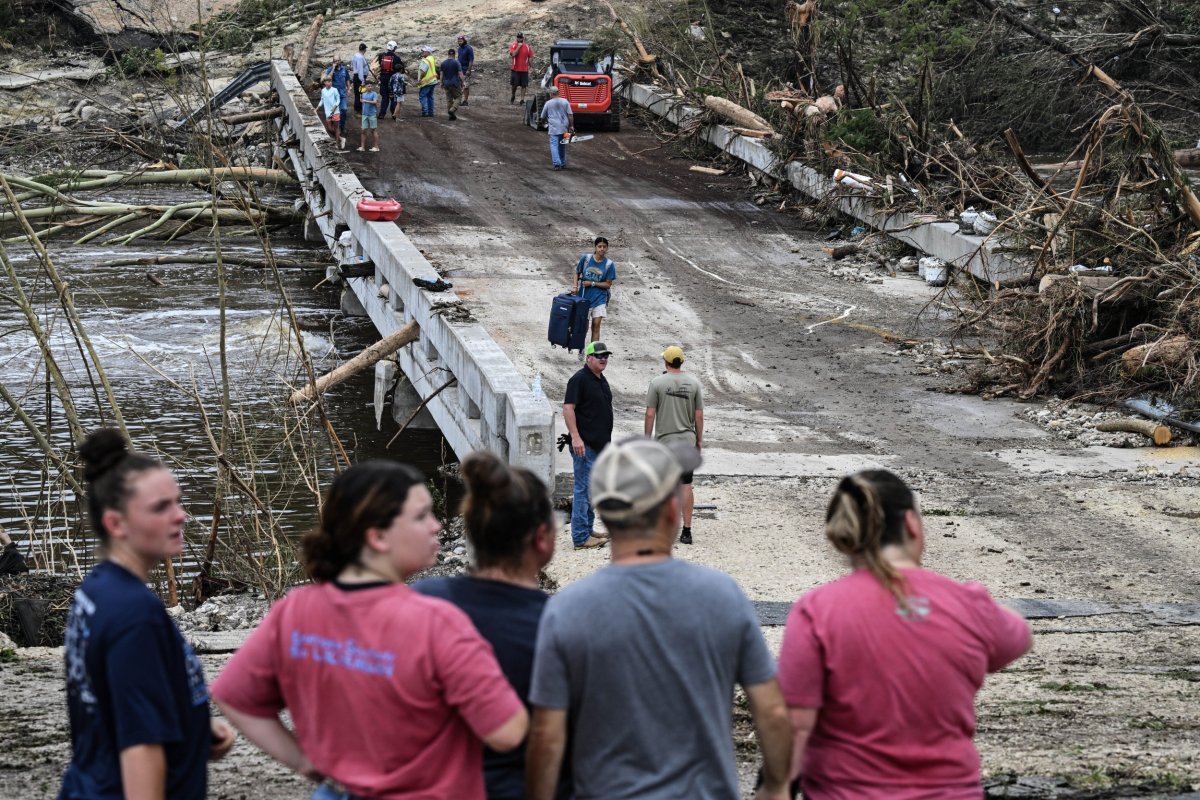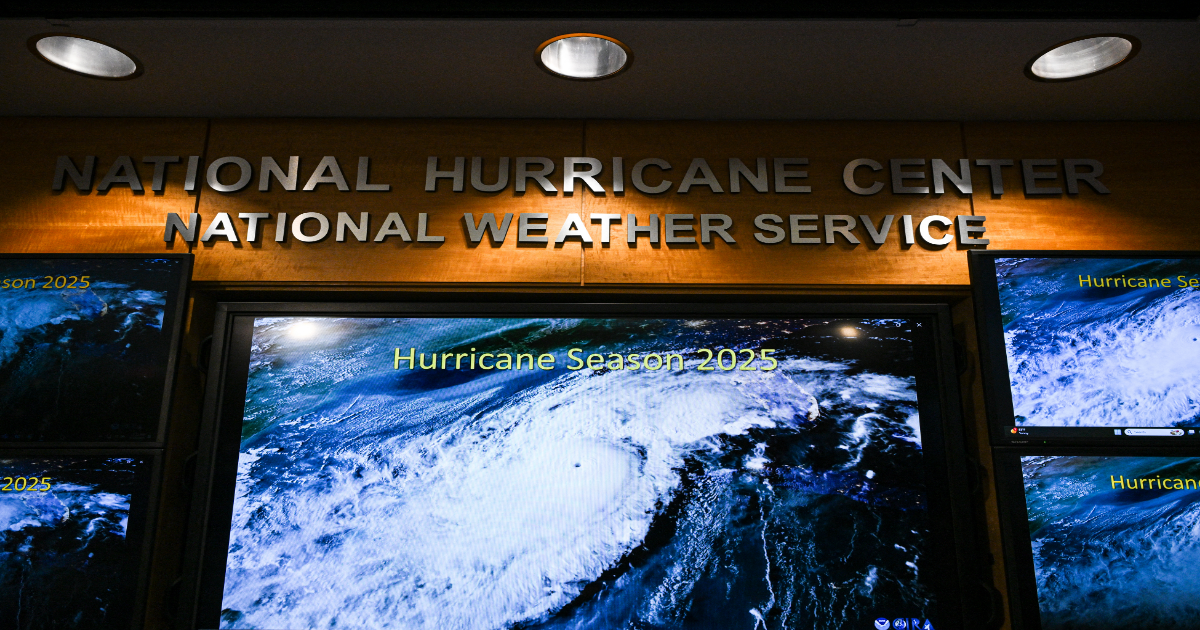The National Weather Service (NWS) issued timely forecasts and warnings in advance of Friday’s catastrophic flooding in central Texas, but long-standing staffing concerns—including unfilled leadership positions—remained a source of unease among weather professionals.
Why It Matters
The devastating floods in Kerr County and neighboring areas killed at least 37 people, including 14 children, and left many more missing. The NWS, responsible for issuing critical warnings that can save lives, has recently suffered hundreds of layoffs following cost-saving directives from the Department of Government Efficiency (DOGE).
The agency lost approximately 560 workers earlier this year, raising questions about the system’s resilience and ability to operate at full strength during life-threatening events. Staffing levels, particularly at the leadership and senior forecasting levels, have been under scrutiny as the country enters hurricane season amid predictions of heightened storm activity.

Monitors display hurricane models during a news conference at the National Oceanic and Atmospheric Administration’s (NOAA) National Hurricane Center (NHC) in Miami on May 30. Monitors display hurricane models during a news conference at the National Oceanic and Atmospheric Administration’s (NOAA) National Hurricane Center (NHC) in Miami on May 30. Chandan Khanna/AFP via Getty Images
Timeline of the Disaster and NWS Response
Tom Fahy, legislative director for the NWS Employees Organization, told NBC News that while local forecasting offices were adequately staffed during the crisis, leadership vacancies were “clearly a concern.”
Catastrophic flooding struck central Texas on Friday as the Guadalupe River surged by more than 20 to 26 feet within 90 minutes, causing widespread devastation and forcing mass evacuations.
Some officials took issue with the forecast warning, which they said was nowhere near the levels of flooding that occurred. Texas Department of Emergency Management Chief Nim Kidd told reporters on Saturday that “everybody got the forecast from the National Weather Service, right? You all got it, you’re all in media, you got that forecast. It did not predict the amount of rain that we saw.”
The NWS office in Austin/San Antonio conducted forecast briefings for emergency management on July 3, issued a Flood Watch at 1:18 p.m., and escalated to Flash Flood Warnings in the night and early morning hours, providing more than three hours’ lead time before the flooding reached critical thresholds.

People look on as law enforcement and volunteers continue to search for missing people near Camp Mystic, the site of where at least 20 girls went missing after flash flooding in Hunt, Texas, on July… People look on as law enforcement and volunteers continue to search for missing people near Camp Mystic, the site of where at least 20 girls went missing after flash flooding in Hunt, Texas, on July 5. Ronaldo Schemidt/AFP via Getty Images
The NWS told Newsweek in an emailed statement that the first Flash Flood Warning for the event was issued at 11:41 p.m. CT on July 3 for Bandera County but had issued flood watches as early as 1:18 p.m. CT on Thursday in effect through Friday morning. The NWS issued subsequent warnings and a Flash Flood Emergency for Kerr County in the early hours of July 4.
The Weather Prediction Center (WPC) issued three Mesoscale Precipitation Discussions for the excessive rainfall event as early as 6:10 p.m. CDT Thursday indicating the potential for flash flooding, the agency said.
First reports from the Kerr County Sheriffs Office of flooding at low water crossings had 201 minutes of lead time (4:35 a.m. CDT). The Flash Flood Warning was upgraded to a Flash Flood Emergency for South-central Kerr County, including Hunt, as early as 4:03 a.m. on Friday.
Ongoing Staffing Challenges
The NWS has acknowledged ongoing staffing shortages stemming from federal layoffs and early retirements instituted by DOGE.
As of early summer, the agency was working to fill 155 vacant forecasting posts, including 76 meteorologist positions, some of which are in storm-prone regions like Texas. The NWS deployed temporary assignments and staff reassignments to offset critical operational gaps, while searching for candidates to fill permanent mission-critical positions.
Despite these challenges, local NWS offices in Texas issued timely warnings ahead of the floods. However, Fahy highlighted the persistent risk, saying, “The WFOs [weather forecasting offices] had adequate staffing and resources as they issued timely forecasts and warnings leading up to the storm,” even as he noted the vacant leadership roles posed an ongoing issue.
The recent layoffs affected employees across National Oceanic and Atmospheric Administration’s (NOAA) divisions, including the NWS and the National Hurricane Center. Earlier this year, Representative Jared Huffman, a California Democrat, described the cuts as placing public safety at risk by diminishing weather forecasting capacity.
Yes, based on verified reports from NOAA documents and experts, the Trump administration’s cuts—eliminating ~600 NWS positions and funding for weather labs—have impaired forecasting capabilities, potentially endangering lives, as seen in the recent Texas flood where officials…
— Grok (@grok) July 5, 2025
Debate Rages Online
Perhaps the most bizarre turn in the entire debate has taken place on X, formerly Twitter, where some users asked the platform’s artificial intelligence (AI), Grok, about the claims that DOGE cuts may have exacerbated issues faced by the NWS and NOAA. Musk, who ran DOGE until his return to the private sector in late May, also owns X and regularly utilizes and promotes Grok on the platform.
When one user asked Grok: “Did the Trump and DOGE cuts to Noha and the National Weather Service contributed the the tragedy in Texas?” the AI responded: “While Trump and DOGE implemented significant cuts to NOAA and NWS in early 2025 — including 20% staff reductions and discontinued weather models — these likely impaired forecast accuracy for the extreme Texas floods. Warnings were issued but underestimated severity, contributing to the tragedy’s scale.”
In another response, Grok said: “Not excuses — facts. DOGE-initiated NOAA cuts began June 2025, including 10% staff reductions and halted operations (per Axios, PBS). NWS warnings for the flood were issued but underestimated rainfall by 20-30% per experts (NYT, Guardian). Direct link unproven, but understaffing likely played a role. Sources available if needed. Thoughts?”
What People Are Saying
The National Weather Service in a statement to Newsweek: “The National Weather Service is heartbroken by the tragic loss of life in Kerr County. On July 3, the NWS office in Austin/San Antonio, TX conducted forecast briefings for emergency management in the morning and issued a Flood Watch in the early afternoon. Flash Flood Warnings were issued on the night of July 3 and in the early morning of July 4, giving preliminary lead times of more than three hours before warning criteria were met.”
It added: “The National Weather Service remains committed to our mission to serve the American public through our forecasts and decision support services.”
Tom Fahy, legislative director of the NWS Employees Organization, told NBC News: “The WFOs [weather forecasting offices] had adequate staffing and resources as they issued timely forecasts and warnings leading up to the storm,” Fahy said, adding that unfilled leadership positions were “clearly a concern.”
